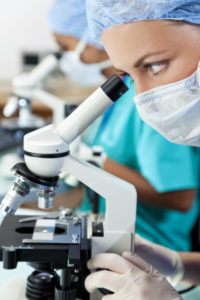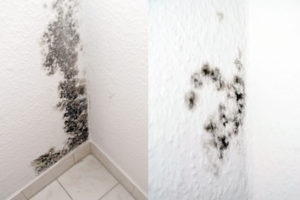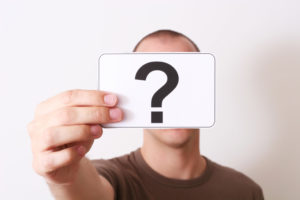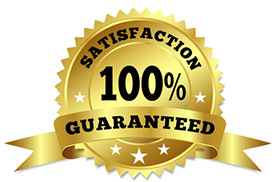Mycotoxin Information for Manhattan Building Managers – Part One
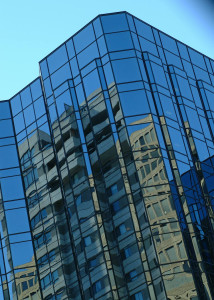
Mold in an Office Building is No Problem for Us
How “healthy” is your Manhattan building? If you need Manhattan mold treatment service, you should be aware of mycotoxins and the health effects they can have on residents, employees and customers.
What Are Mycotoxins?
Mycotoxins are chemicals produced by mold and other fungi. They’re considered a secondary substance because they’re not necessary for the organism’s existence.
Just as mold comes in a wide range of different species, there are a number of different types of mycotoxins. A particular mycotoxin may be produced by many species of mold, or a specific type of mold may generate numerous mycotoxins.
Where Are Mycotoxins Found?
Moldy crops are a common source of mycotoxins. Aflatoxins, one of the more common varieties, is usually found in commodities such as peanuts, spices, pistachios and maize. Food-borne mycotoxins present a danger to both humans and livestock.
Buildings are the other major source of mycotoxins. Stachybotrys chartarum has the highest mycotoxin content of indoor molds, while Apergillus also produces many of the more frequently found mycotoxins.
Low levels of mycotoxins are not generally risky. Problems arise when a mold infestation develops on an interior surface, creating prolonged exposure to mycotoxins. This happens when microscopic mold spores, which are always present in the air, land on a damp spot which provides the optimum conditions for growth.
Restore Your Building’s Health with Manhattan Mold Treatment by Stern Mold
Cleaning your building isn’t enough to remove the risk of mycotoxins and mold-related illnesses. The mold must be removed completely and steps must be taken to prevent future occurrences.
Visit our website for information about our proprietary two-step MoldExterm process and schedule a free mold inspection.

